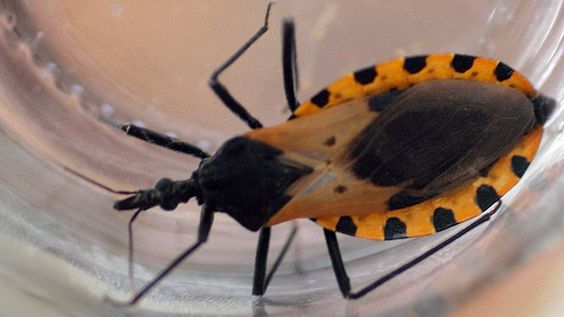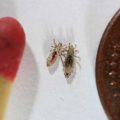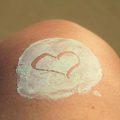Table of Contents
Scabies are extremely itchy. The worse thing about them is they’re highly contagious – they can be passed easily from one person to another through skin to skin contact, or by using clothing, pillow or sheets of an affected person. But what is it really and how do you treat it?
Understanding Scabies
Scabies are parasites that live and burrows on the skin. They’re actually caused by parasitic mites (extremely tiny insects almost invisible from the naked eye). These tiny insects walk with four legs, cream in color and come with bristles and spines on their back. The females burrow into the skin and lay their eggs. Each female can lay around 40 to 50 eggs throughout its lifetime. These eggs will hatch into larvae form in as fast as 3 days, then reaches adulthood within 10 days.
Scabies symptoms are usually caused by your immune system’s response to the mites, especially their eggs, saliva and poop. Meaning, the itching and rashes you experience are caused by your body’s allergic reaction to these foreign invaders of your skin. An average infestation per person is around 12 mites.
Treating Scabies
Treatments for scabies involve the use of medications to eliminate the infestation, usually in the form of creams and lotions prescribed by doctors. These topical medications are applied throughout the body, starting from the neck down. Medications are left to be absorbed by the skin for a minimum of 8 hours, which is why it’s usually applied overnight. A second treatment may be needed if rash and burrows appear again.
Also, because they can be spread quite easily, doctors usually recommend treating your household members as well, especially those you have close contacts with, even if they don’t show signs of scabies problems on their skin.
Common Medications for Scabies
Permethrin Cream, 5% (Elimite) – This topical cream contains chemicals that kill mites, scabies and their eggs. It’s widely considered safe, even for children (at least 2-month old) and pregnant women. However, doctors don’t recommend it for nursing mothers.
Lindane Lotion – This is a form of chemical treatment that may not be suitable for everyone, as some may not be able to tolerate it. It’s also not safe for children below 2 years of age, elderly, pregnant and nursing women, or anyone less than 50 kg (110 lbs.)
Crotamiton (Eurax) – Available in both cream and lotion form, this medication is applied once a day for two consecutive days. This medication is not suitable for children, pregnant and nursing women. Many people report failure of this treatment though.
Ivermectin (Stromectol) – This medication is in oral form and prescribed by doctors for patients with altered immune systems, particularly those who suffer from crusted scabies and don’t respond to topical medications (creams and lotions). It’s not recommended for children weighing less than 15 kg (33 lbs.), pregnant and nursing women.
Though all these medications may kill mites quickly, itching may not disappear automatically, even for weeks. Which is why doctors will usually prescribe other topical medications to manage the itching. Those who don’t response well with these medications are prescribed with sulfur compounded in petrolatum.






 I love to write medical education books. My books are written for everyone in an easy to read and understandable style.
I love to write medical education books. My books are written for everyone in an easy to read and understandable style.